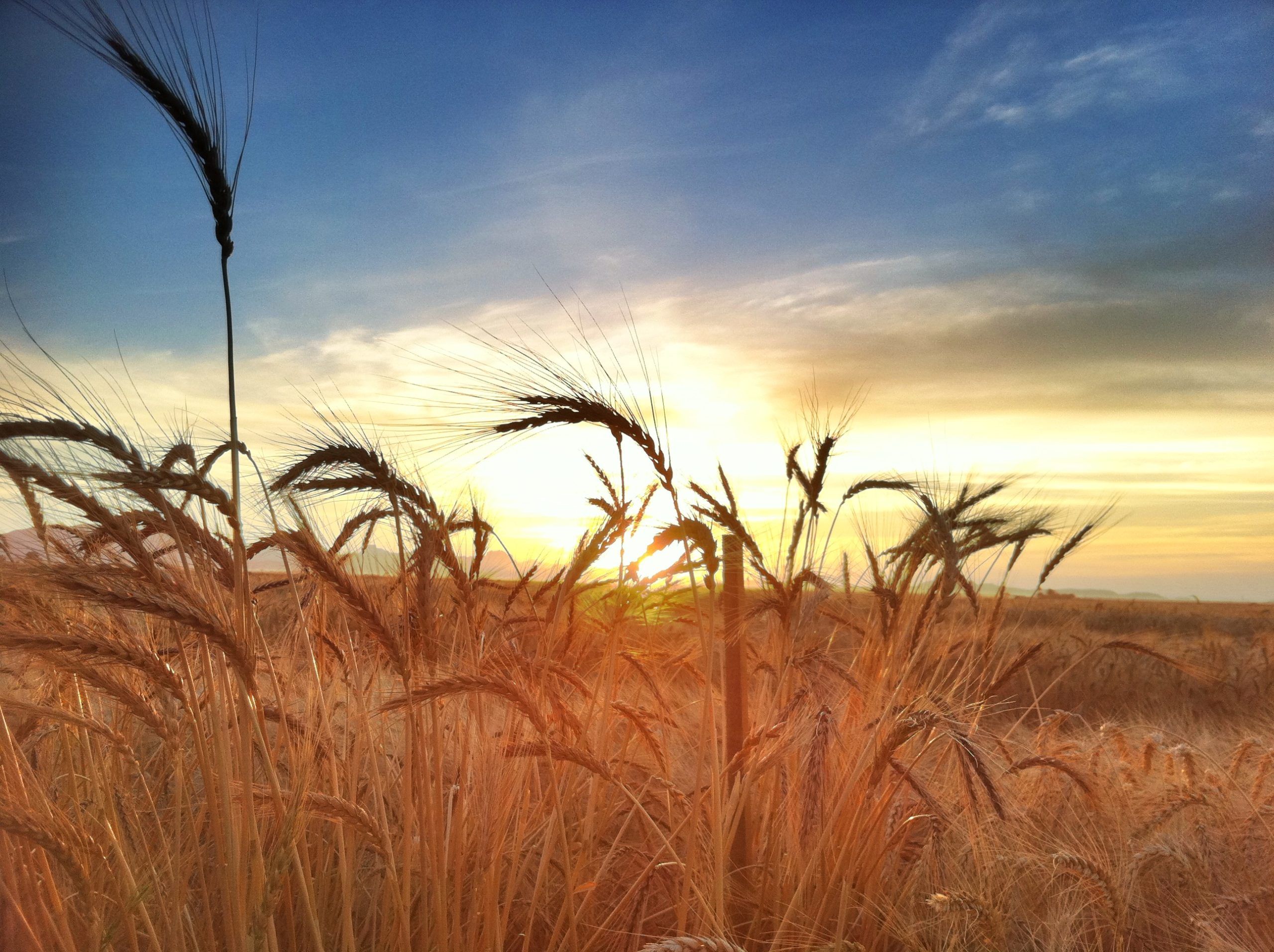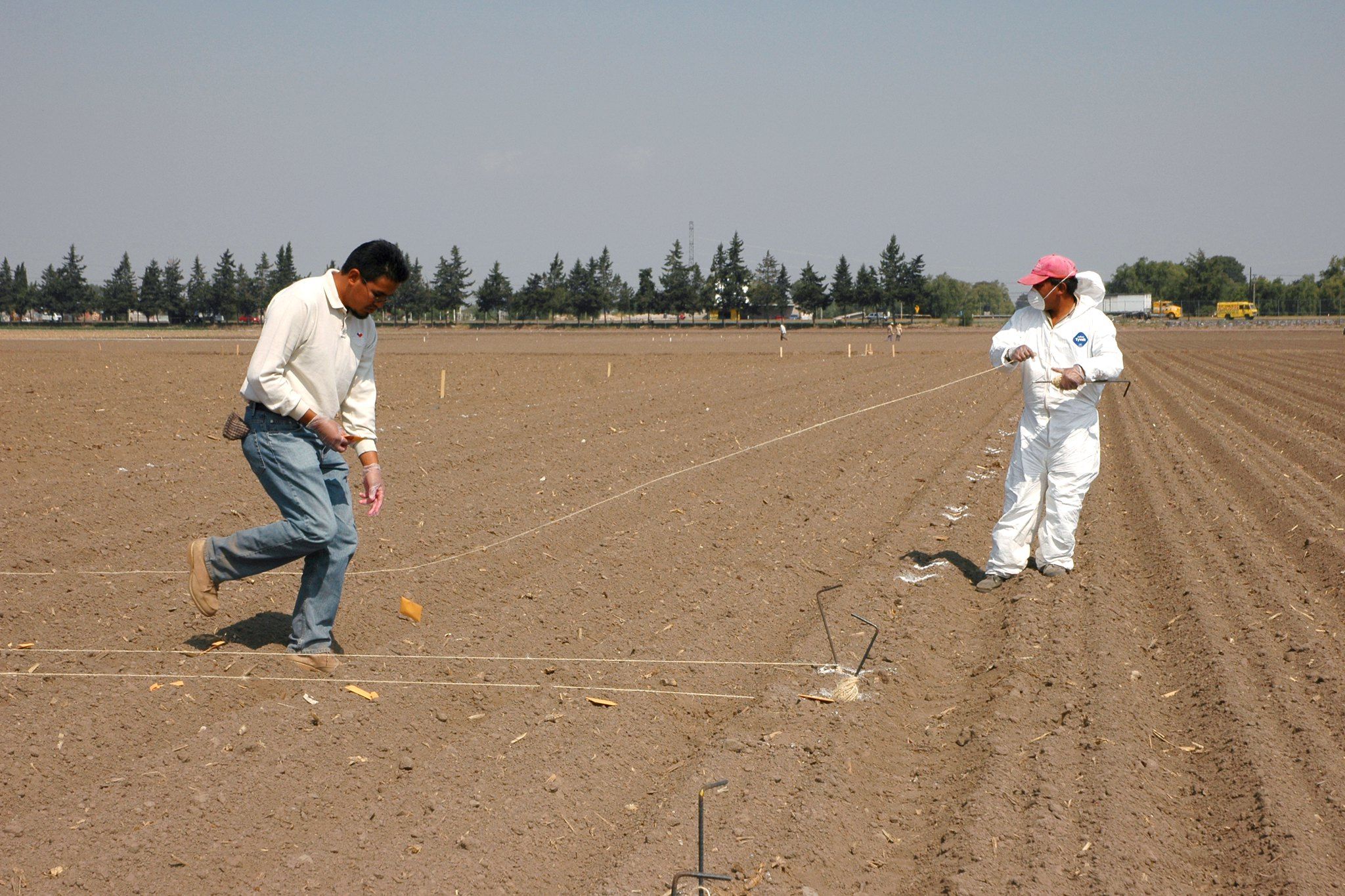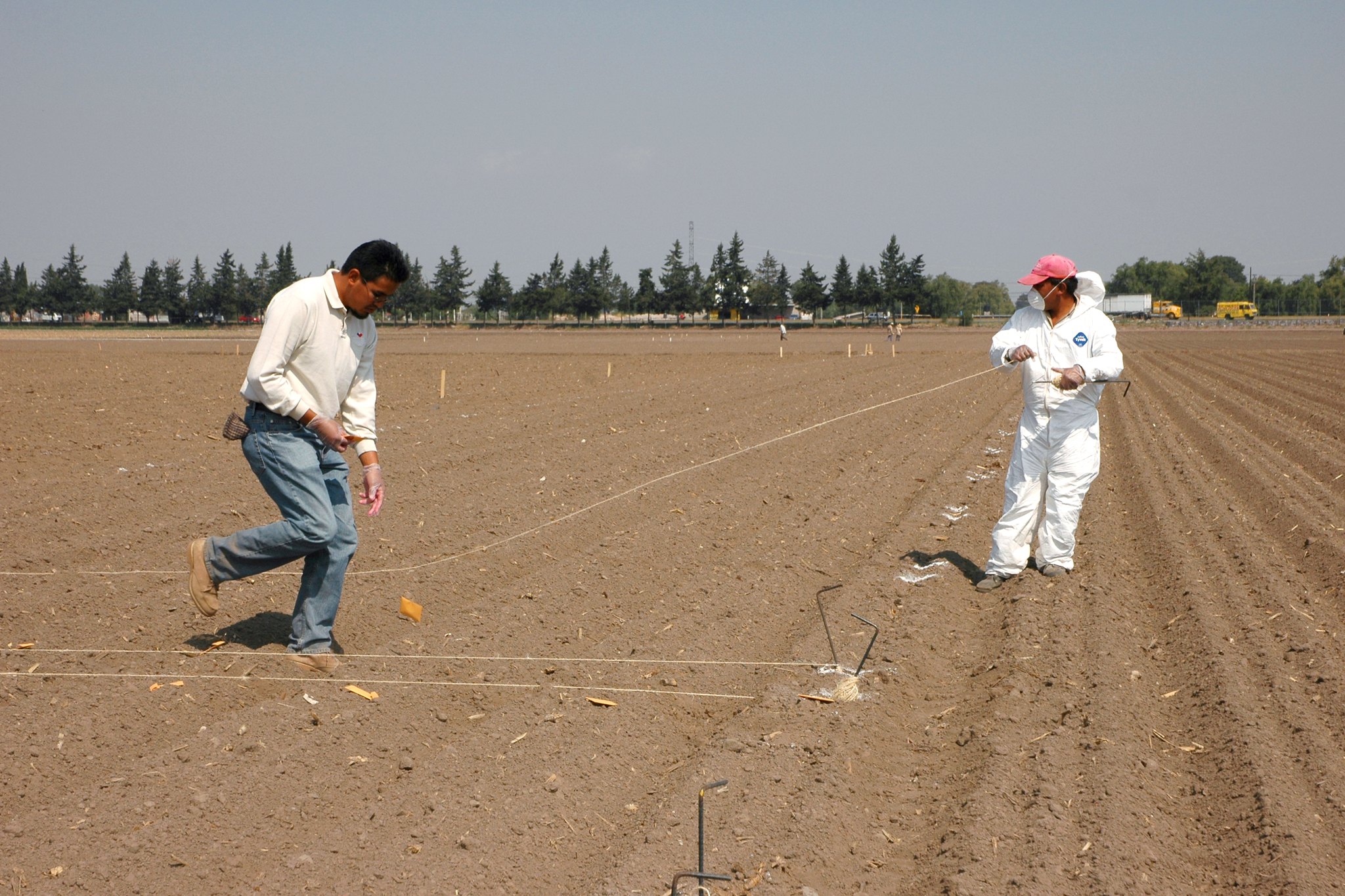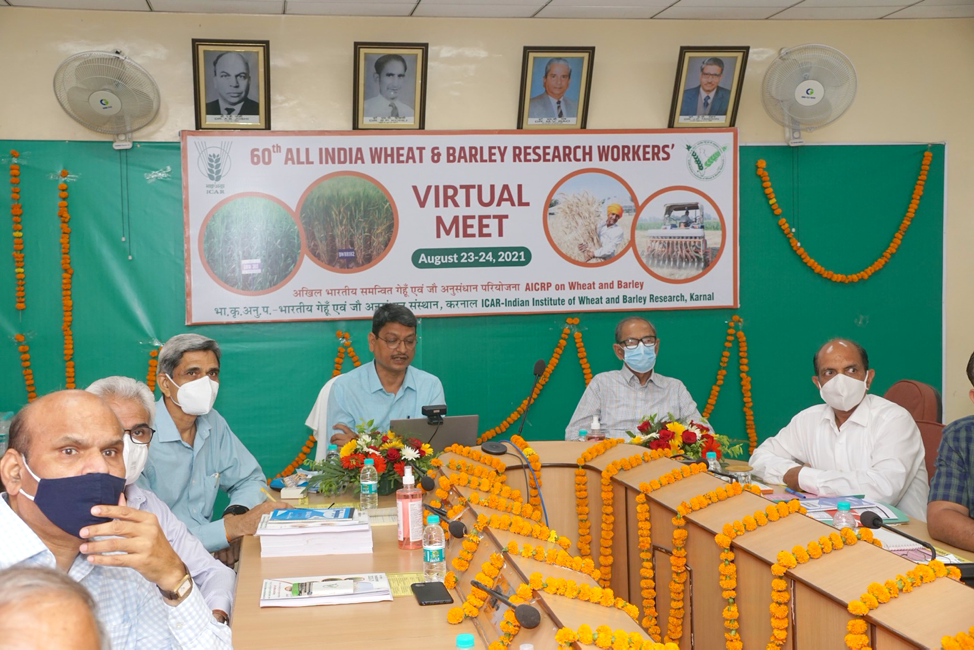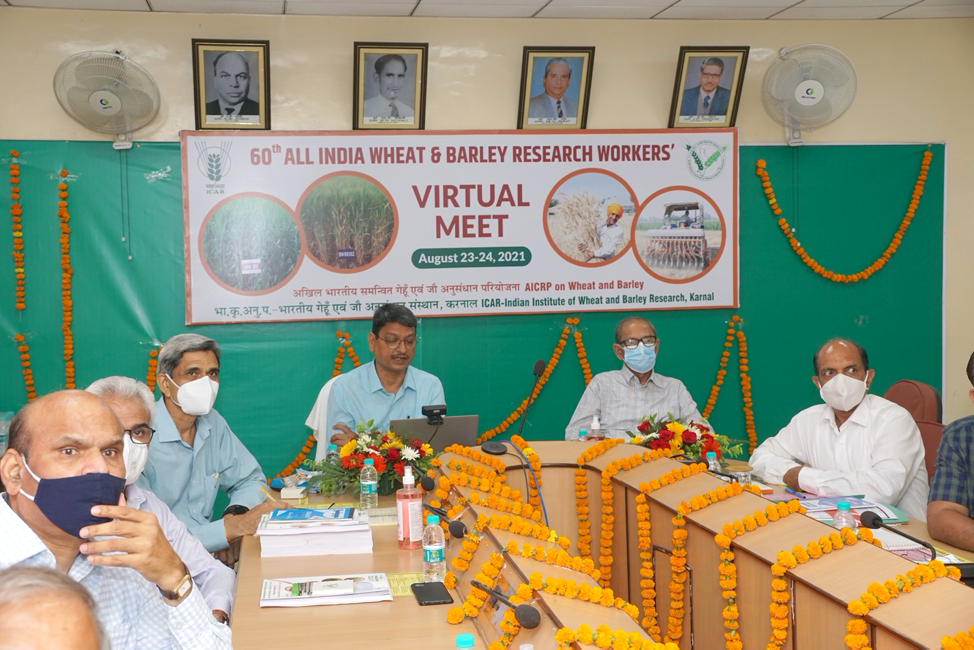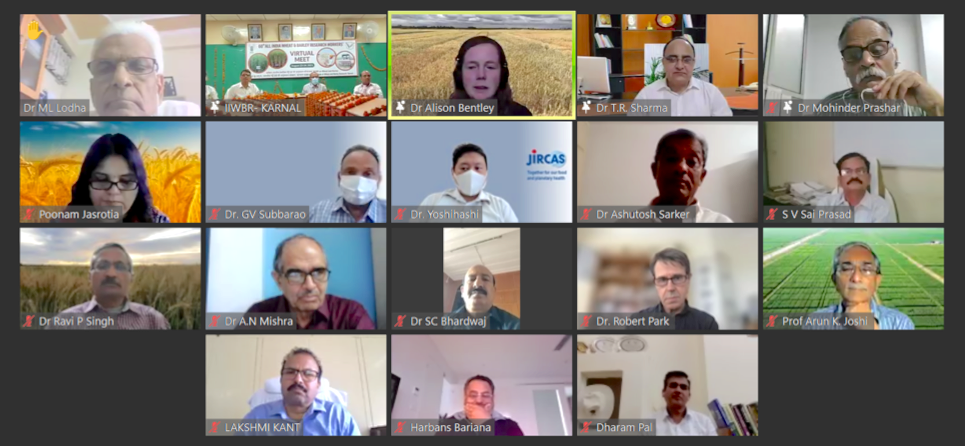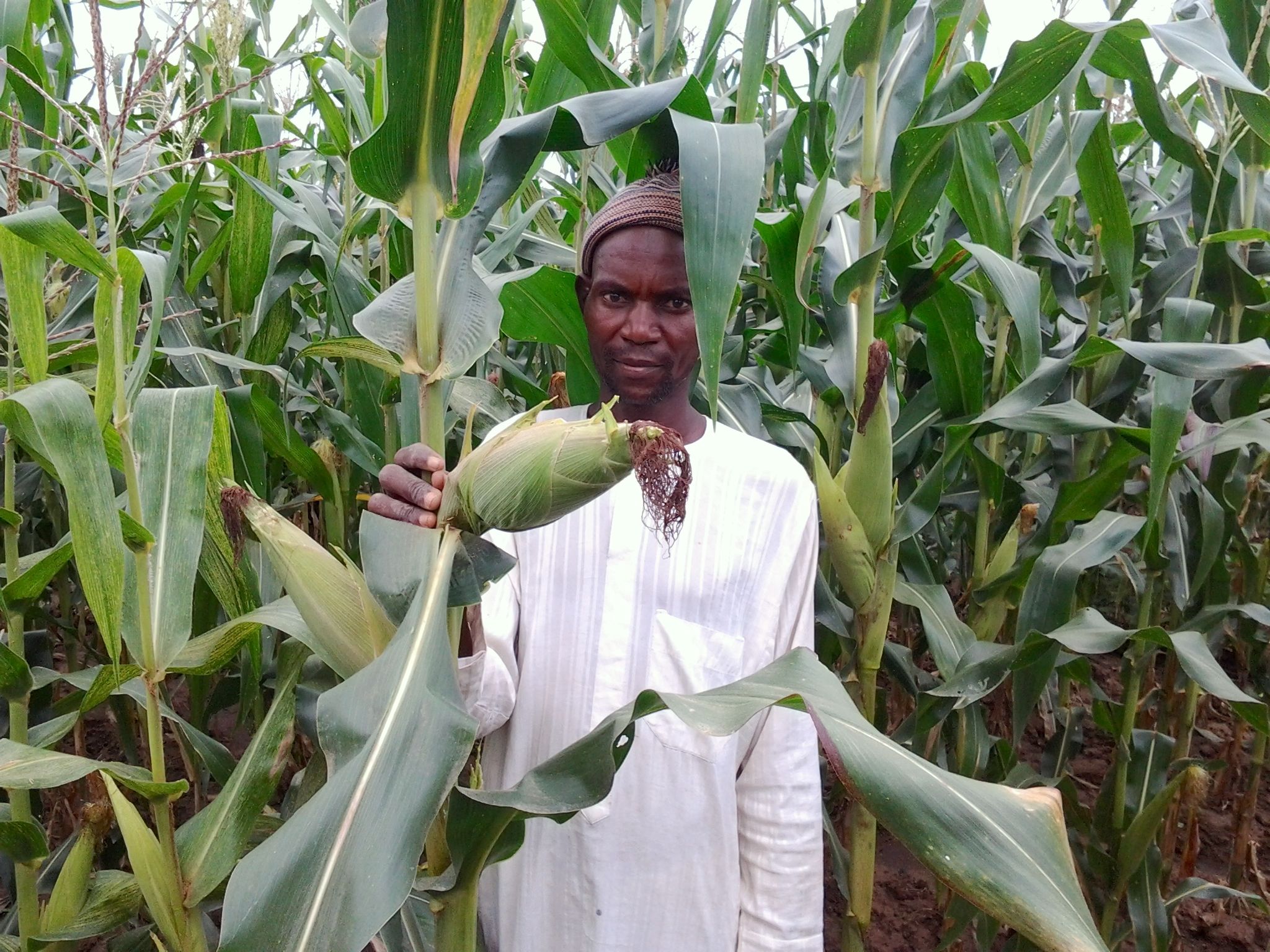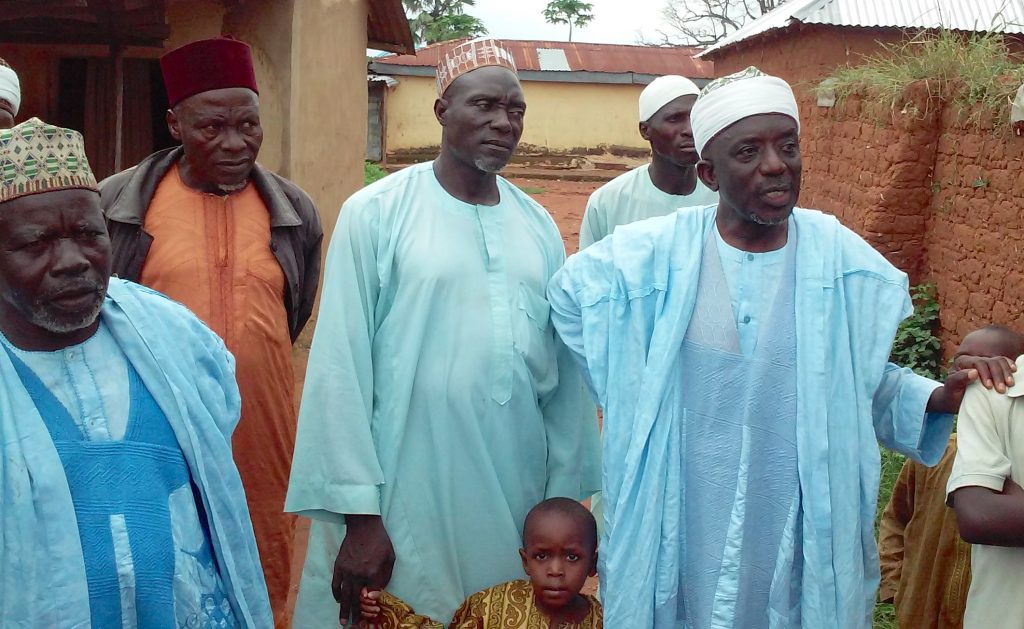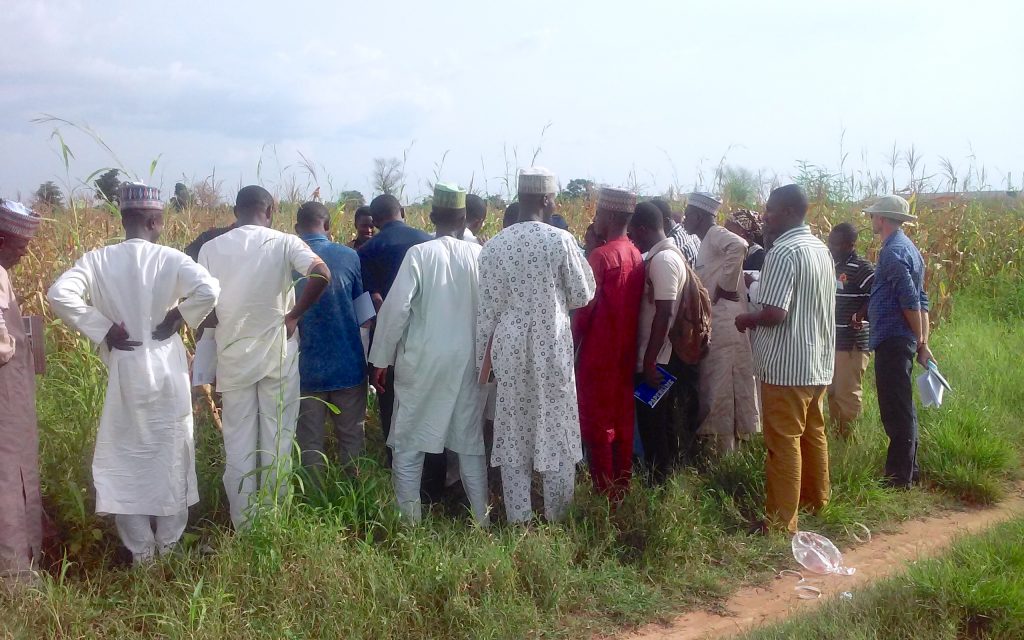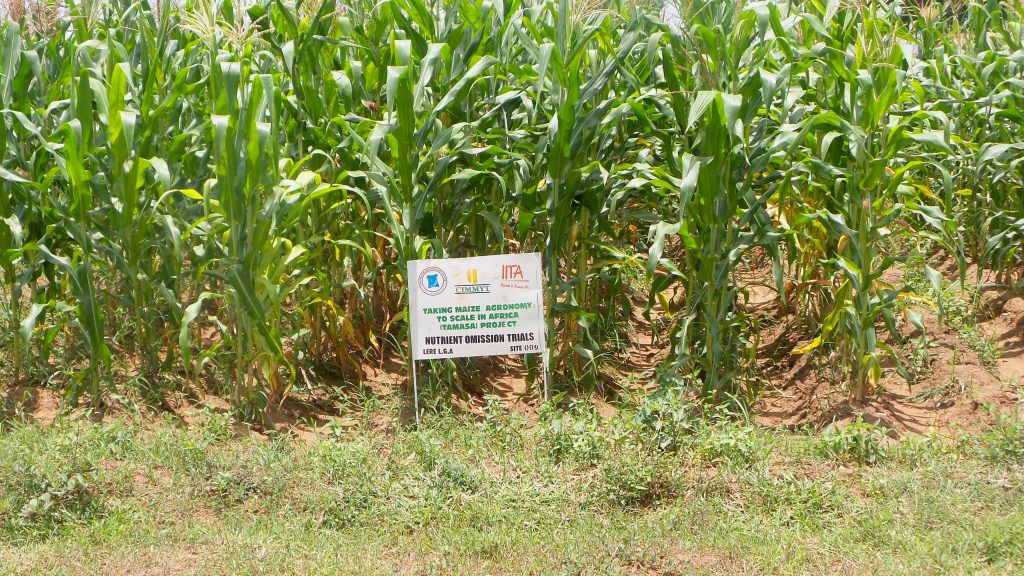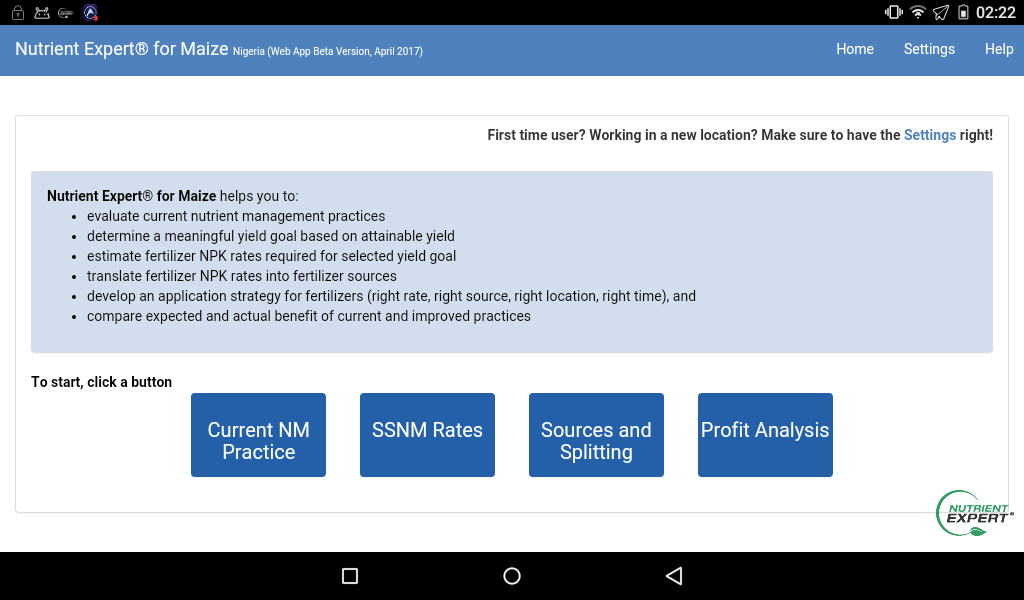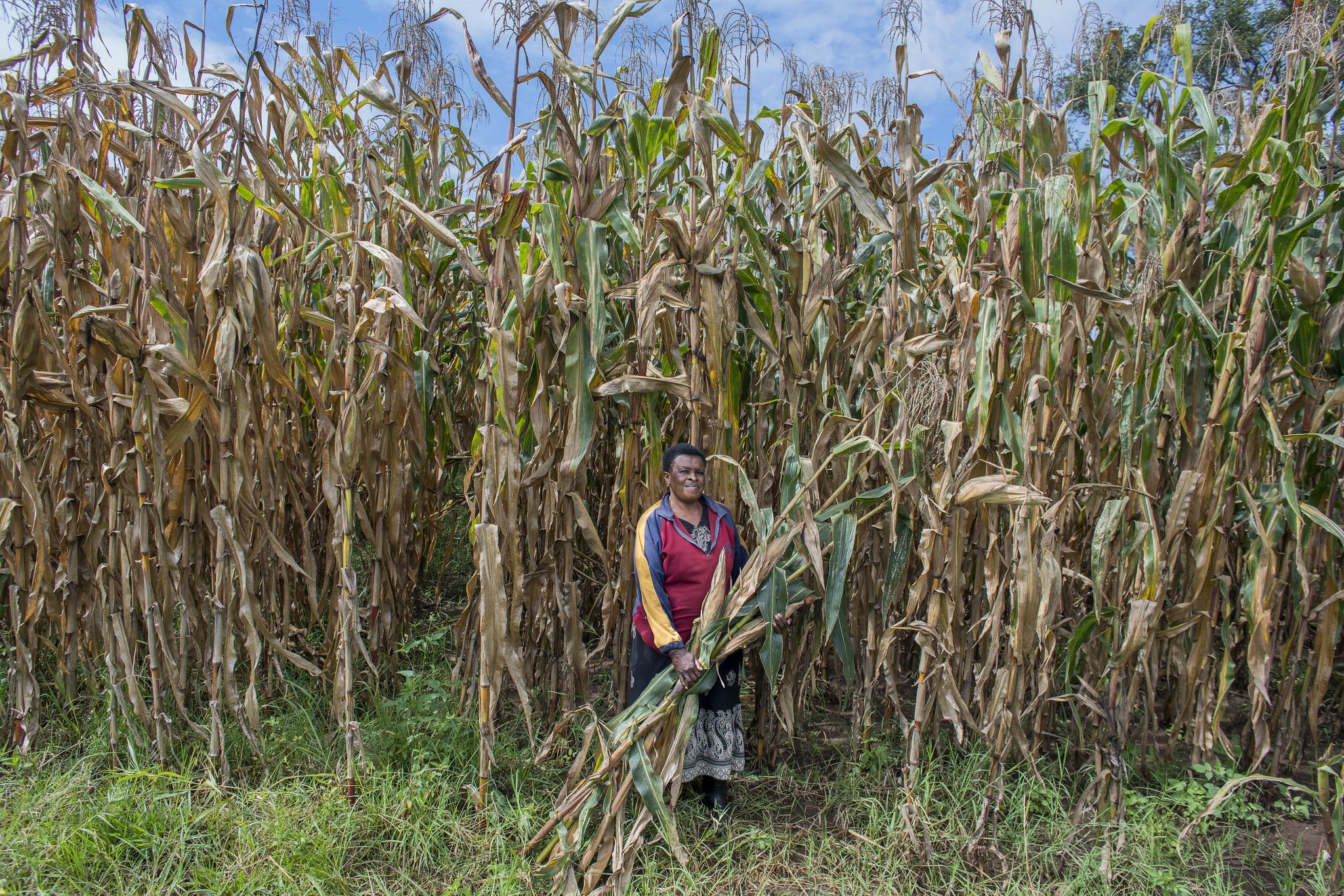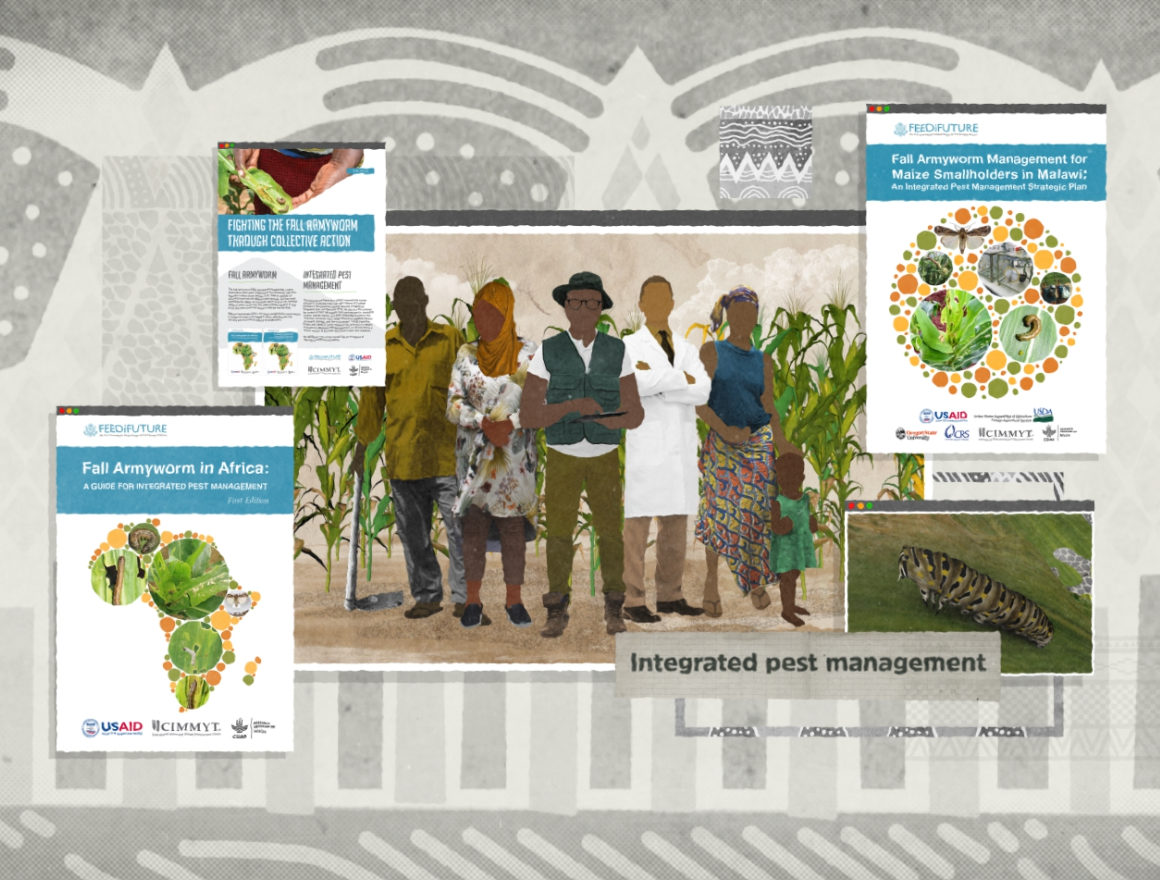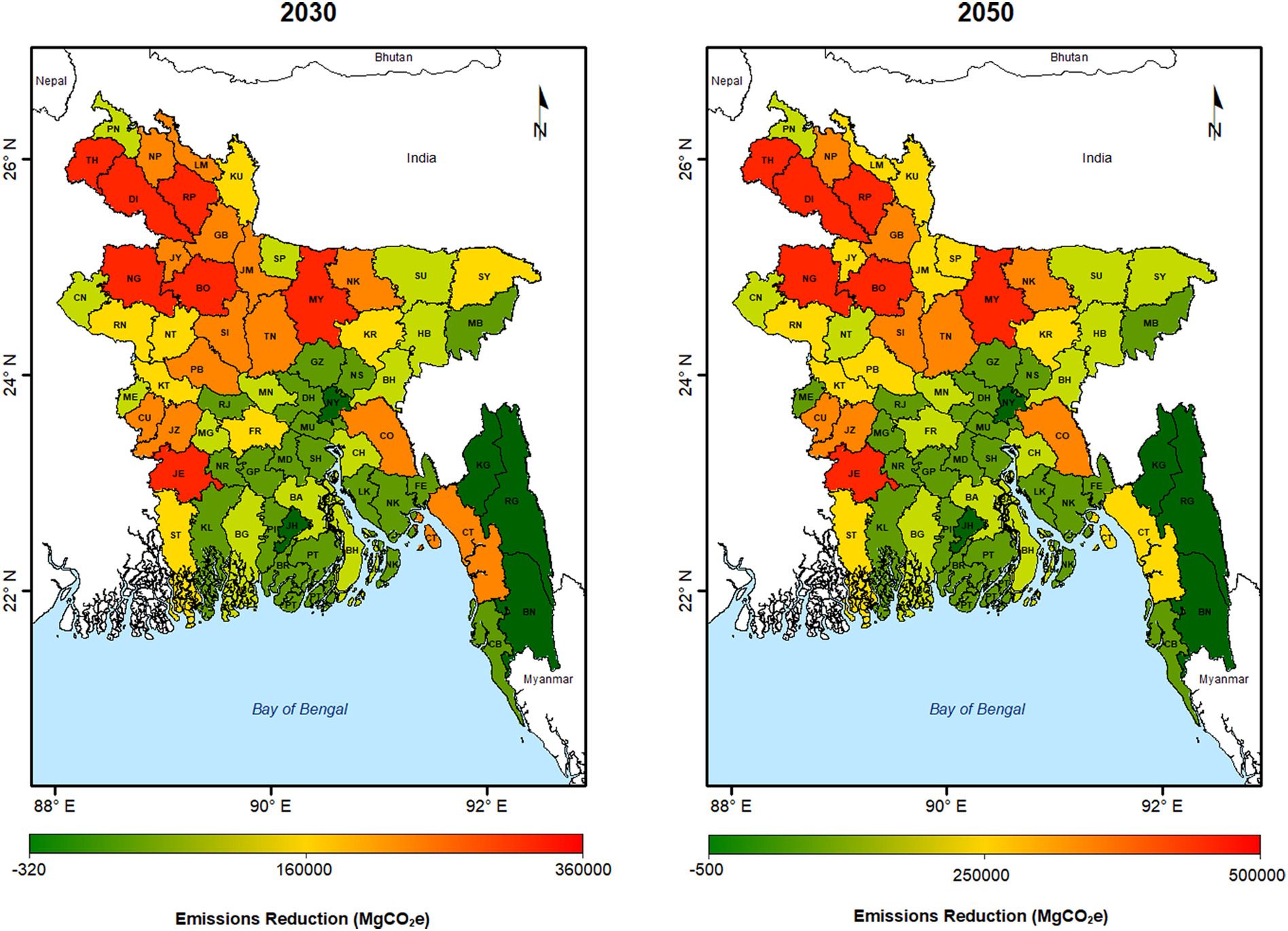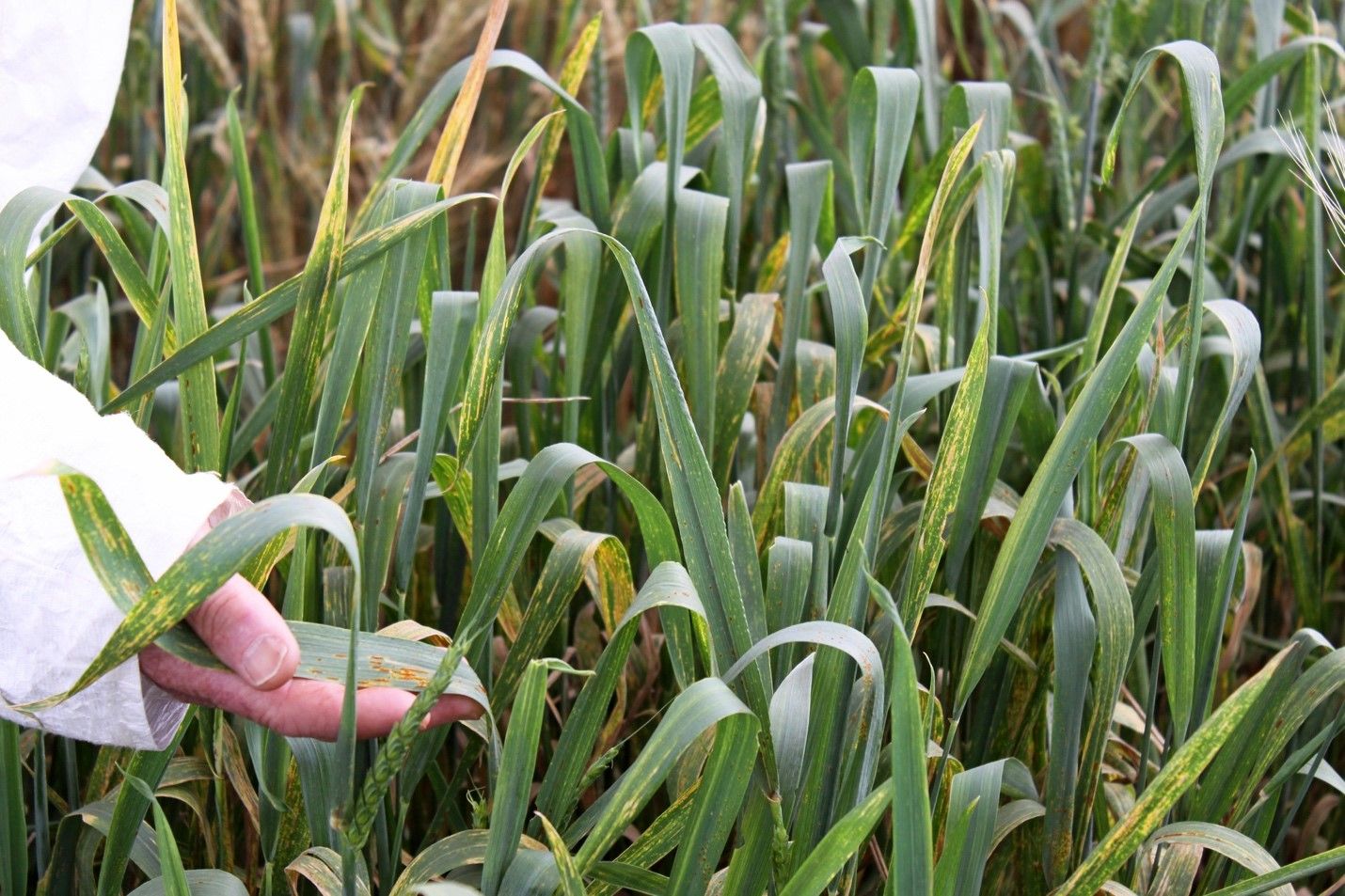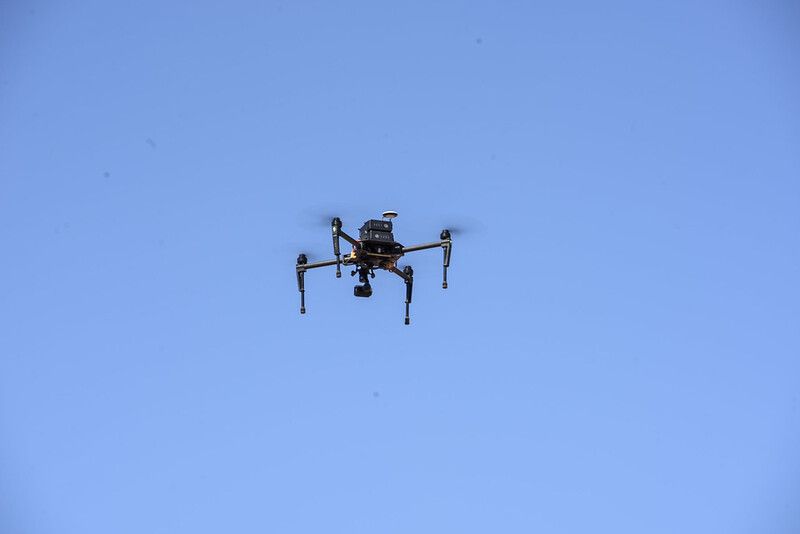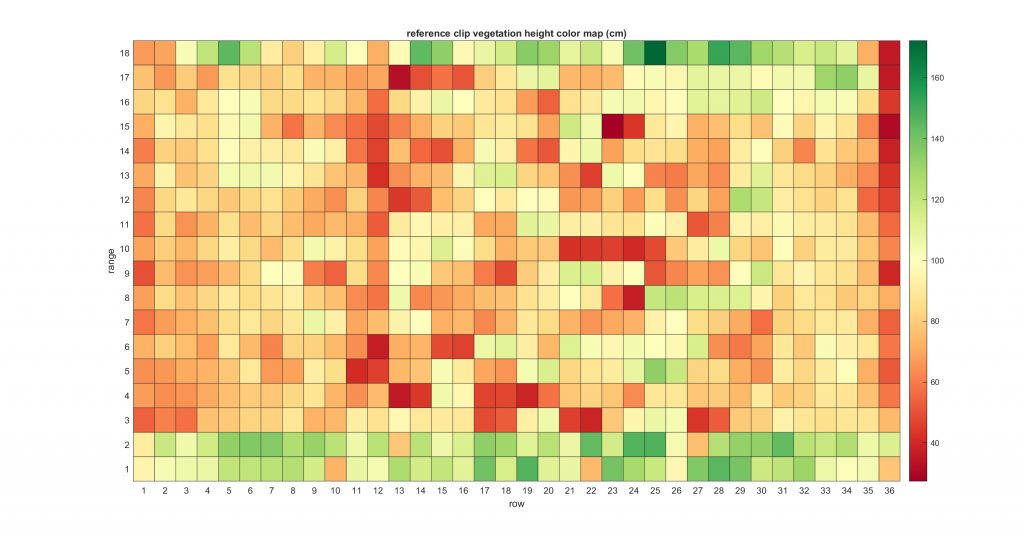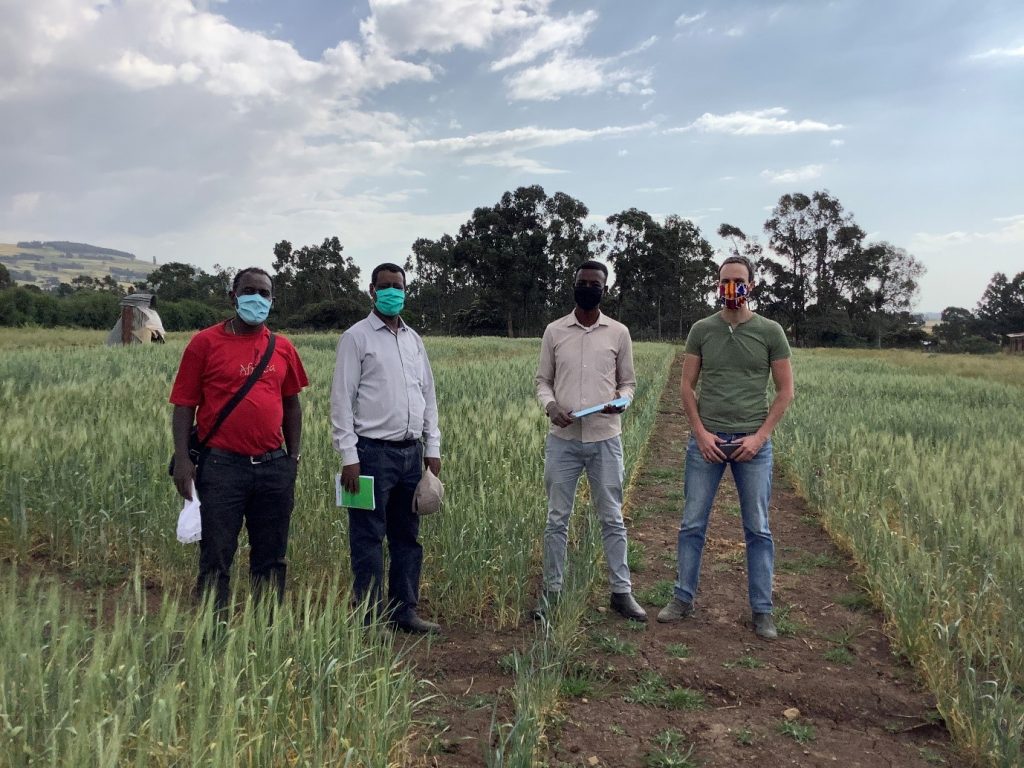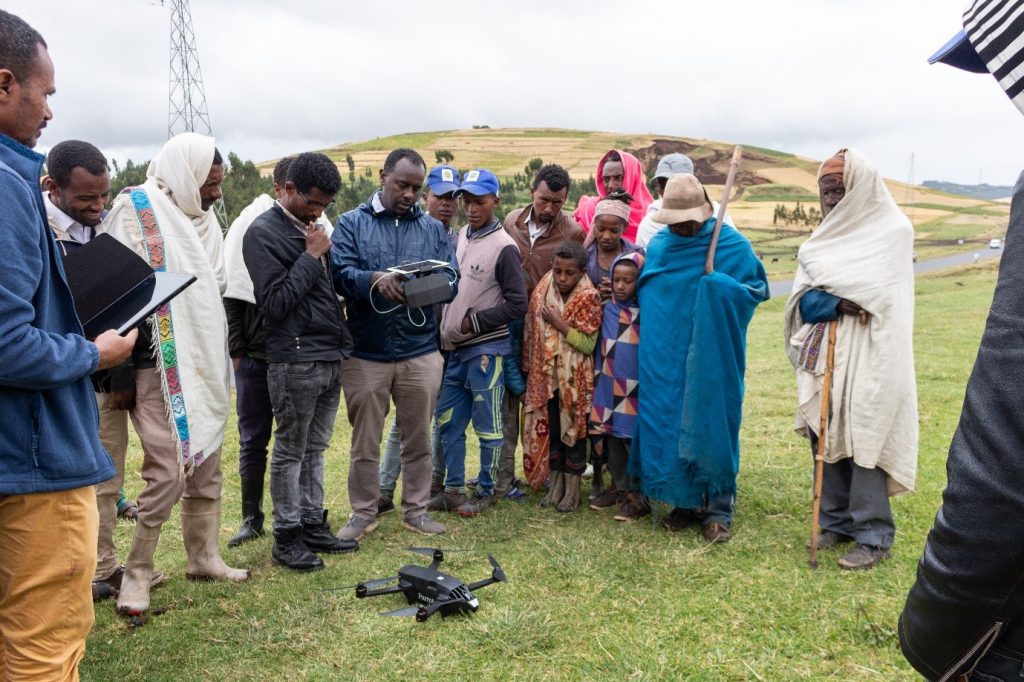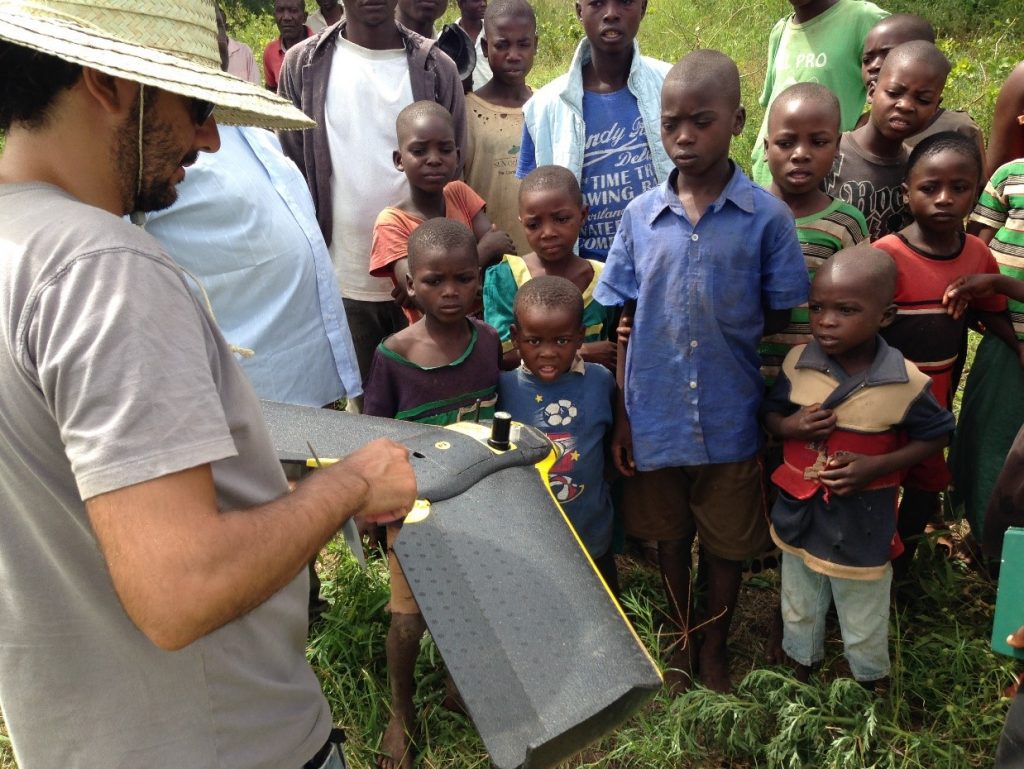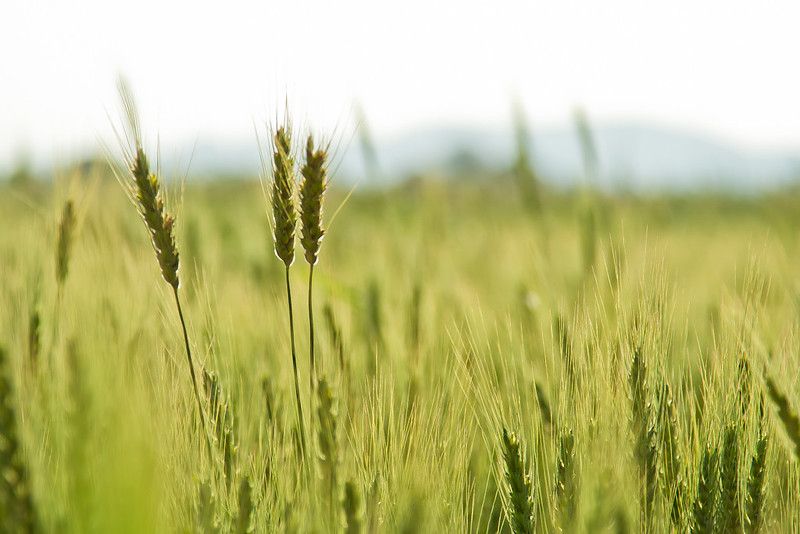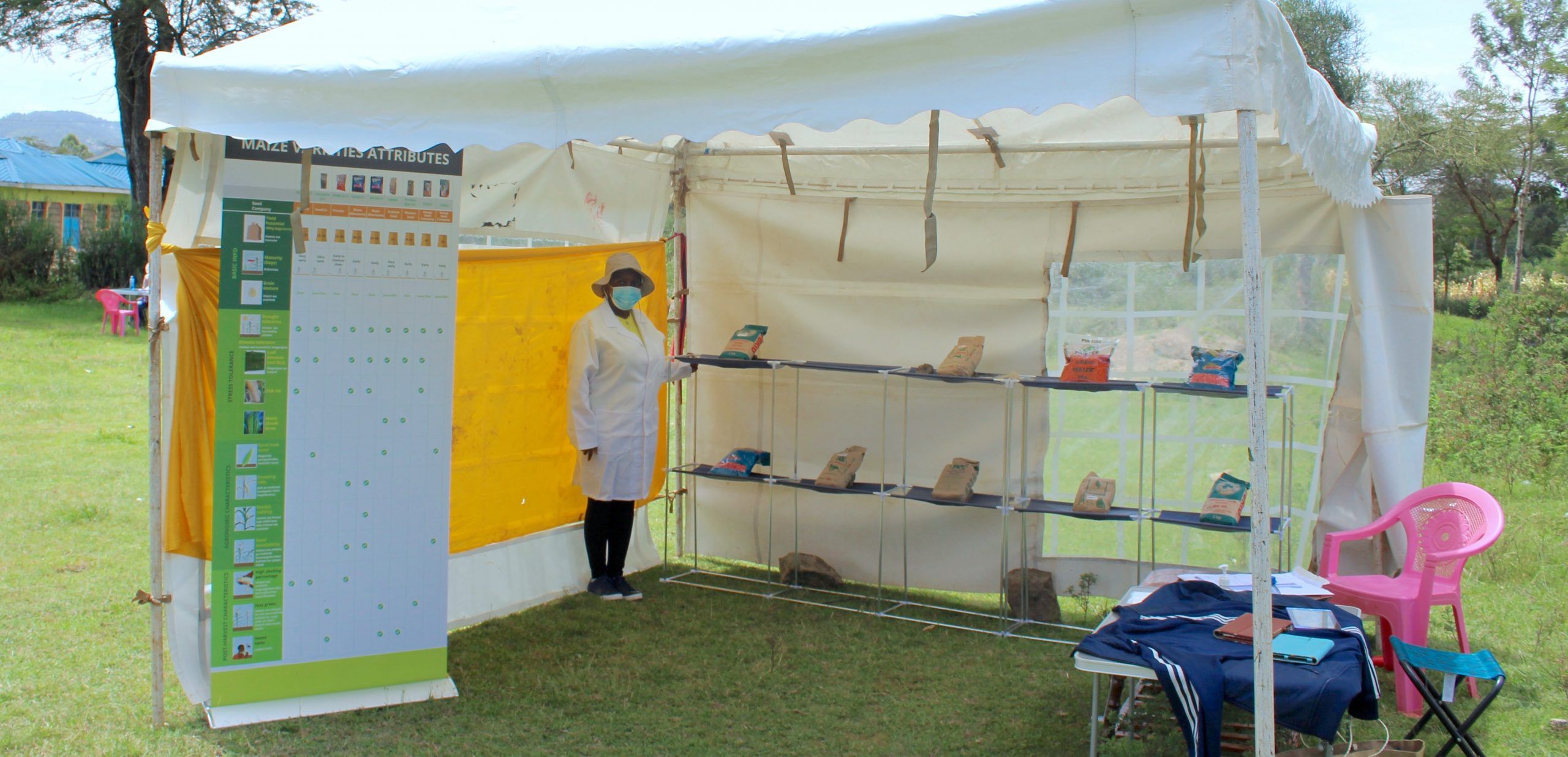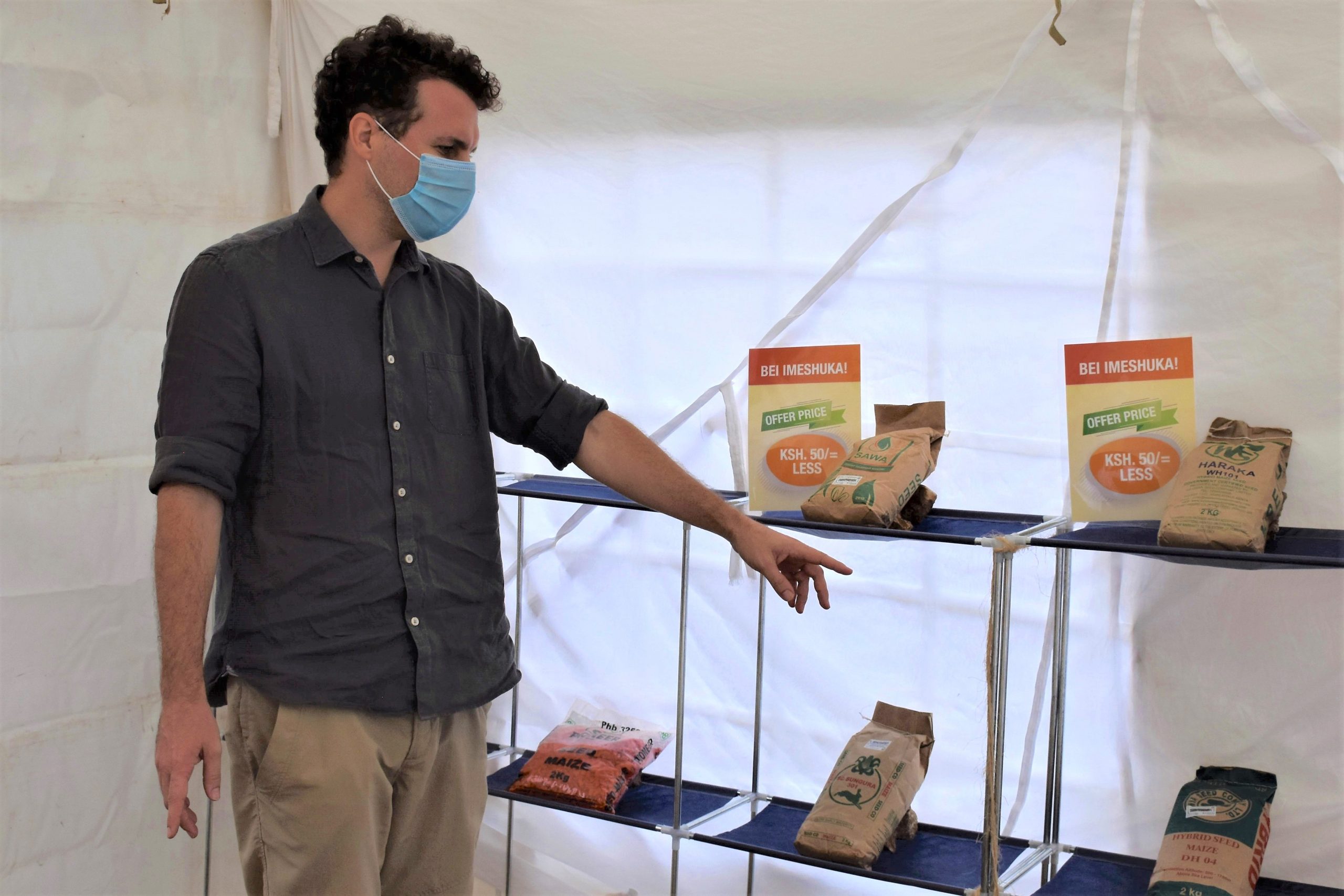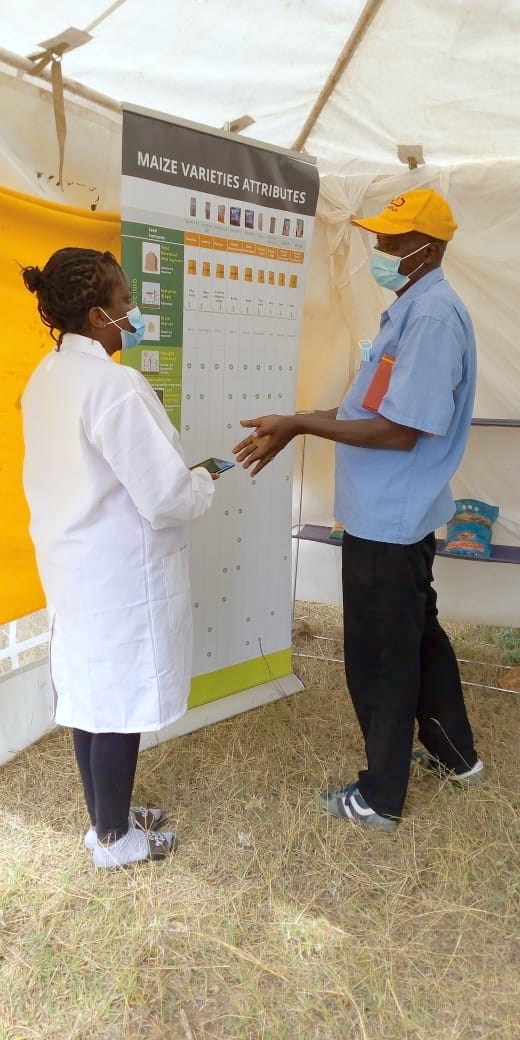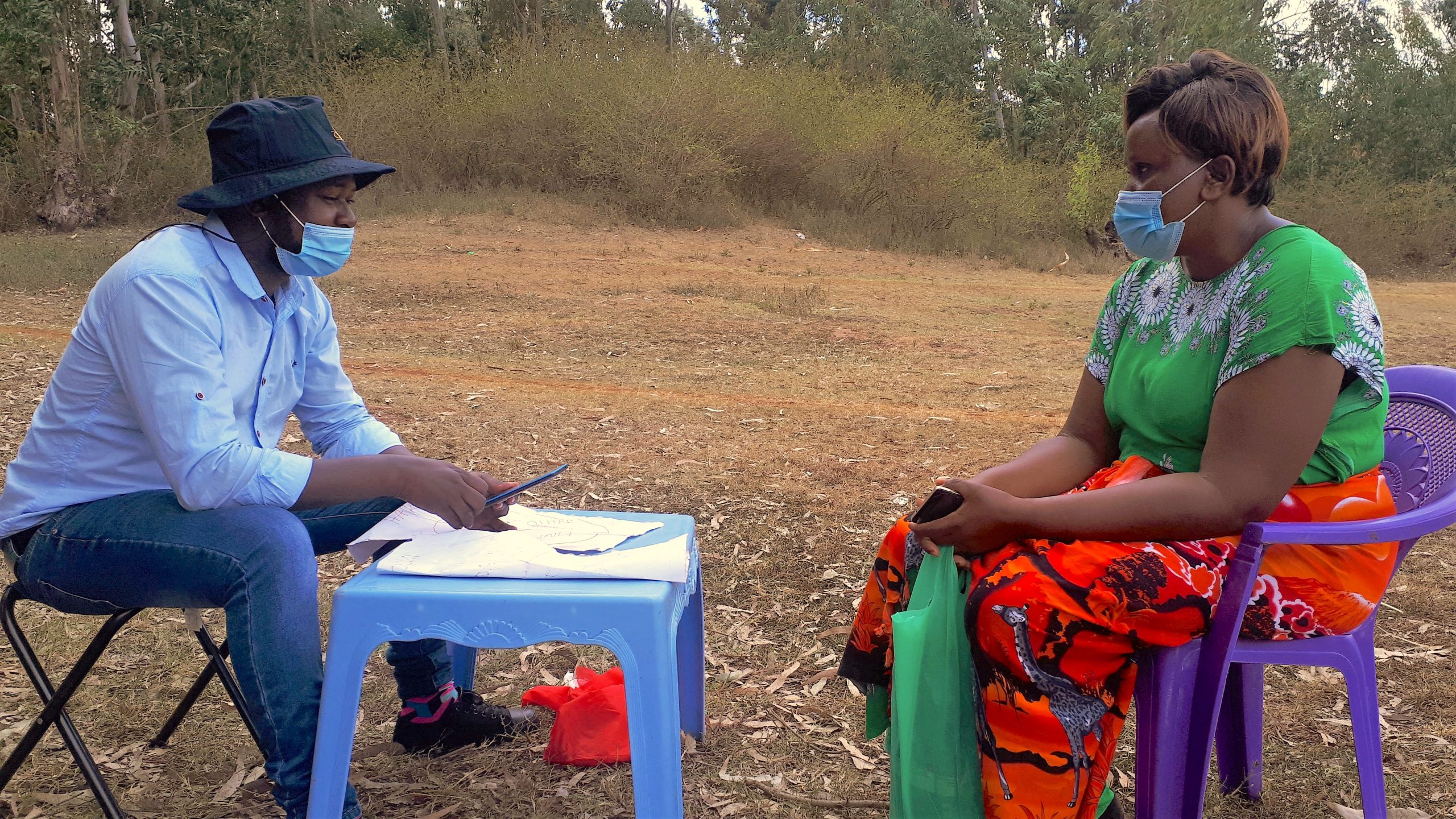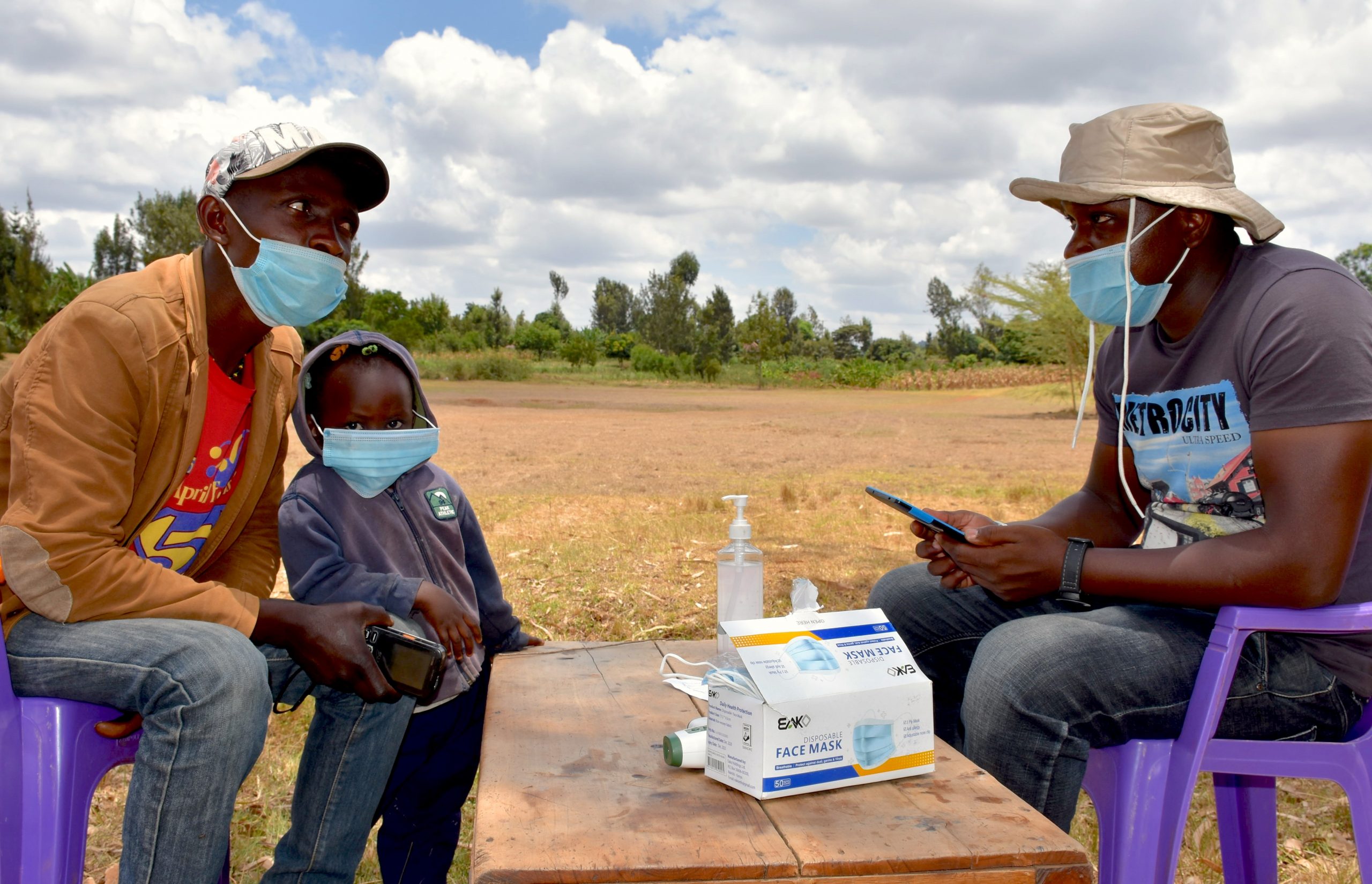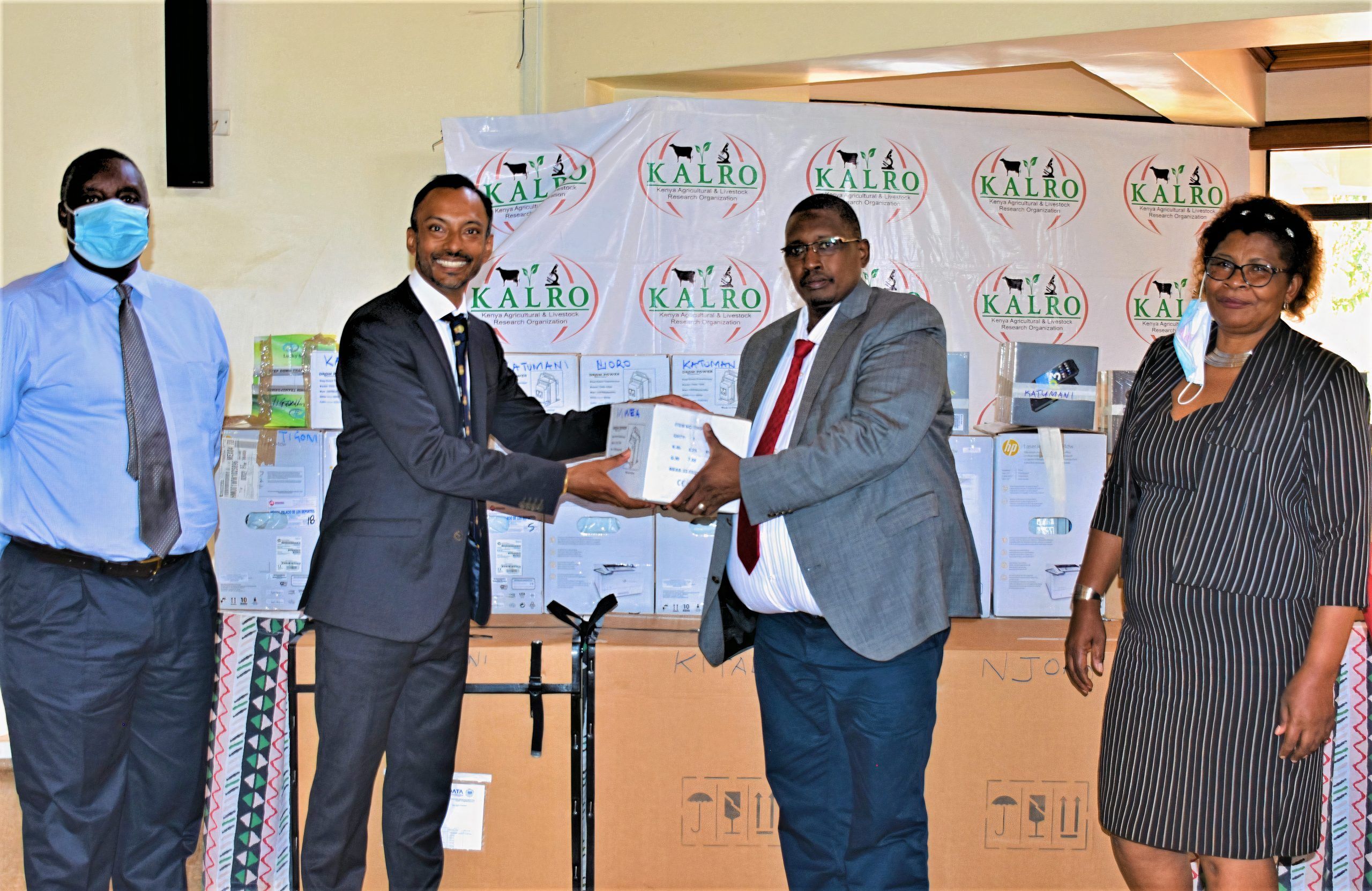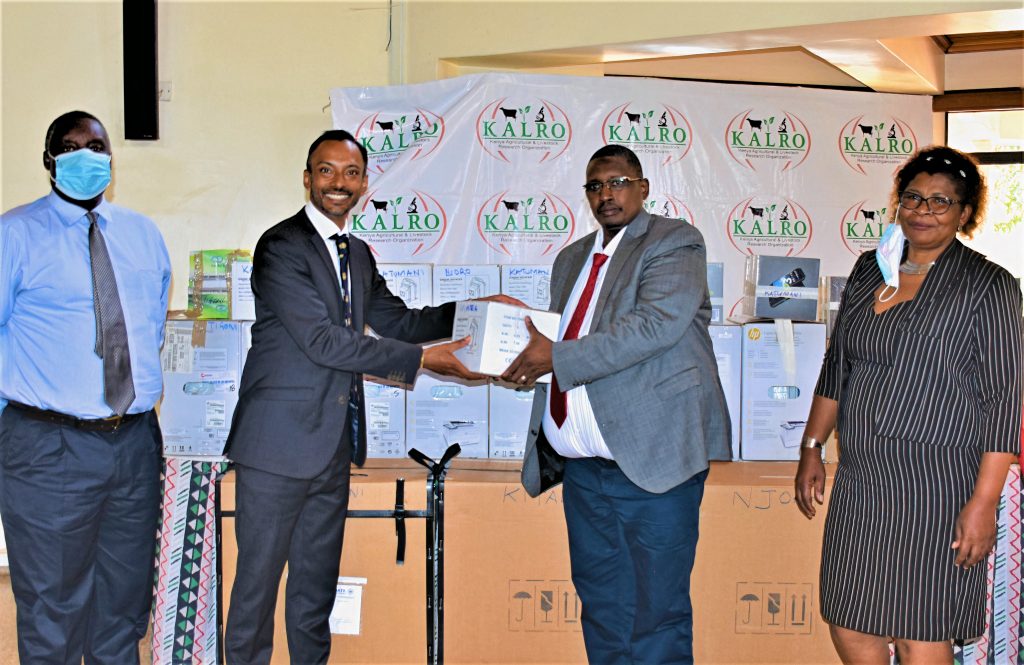Scientists bridge theory and practice to boost climate resilience in wheat
With the past decade identified as the warmest on record and global temperatures predicted to rise by as much as 2 degrees Celsius over preindustrial levels by 2050, the world’s staple food crops are increasingly under threat.
A new review published this month in the Journal of Experimental Botany describes how researchers from the International Maize and Wheat Improvement Center (CIMMYT) and collaborators are boosting climate resilience in wheat using powerful remote sensing tools, genomics and big data analysis. Scientists are combining multiple approaches to explore untapped diversity among wheat genetic resources and help select better parents and progeny in breeding.
The review — authored by a team of 25 scientists from CIMMYT, Henan Agricultural University, the University of Adelaide and the Wheat Initiative — also outlines how this research can be harnessed on a global level to further accelerate climate resilience in staple crops.
“An advantage of understanding abiotic stress at the level of plant physiology is that many of the same tools and methods can be applied across a range of crops that face similar problems,” said first author and CIMMYT wheat physiologist Matthew Reynolds.
Abiotic stresses such as temperature extremes and drought can have devastating impacts on plant growth and yields, posing a massive risk to food security.
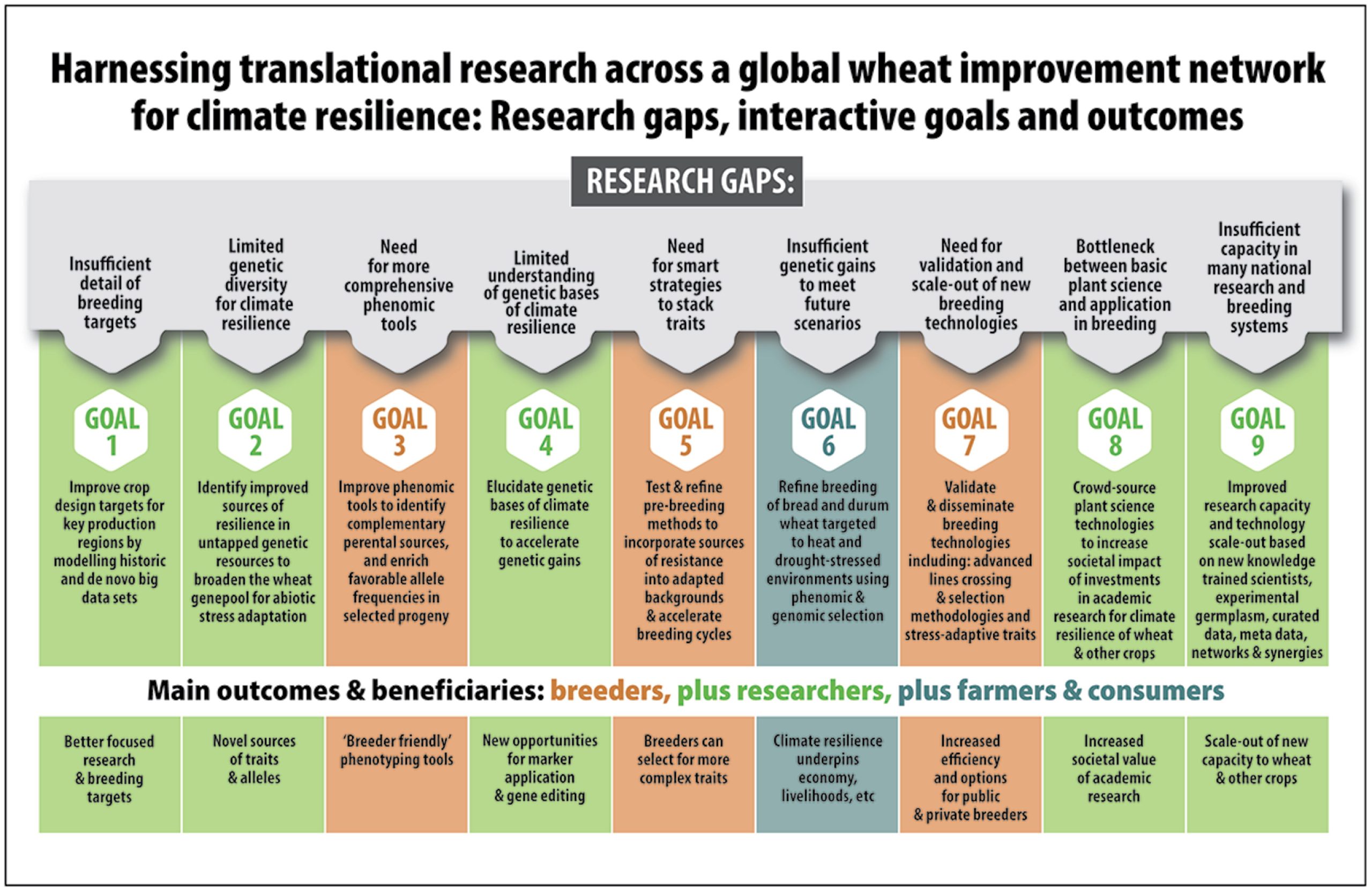
Addressing research gaps
The authors identified nine key research gaps in efforts to boost climate resilience in wheat, including limited genetic diversity for climate resilience, a need for smarter strategies for stacking traits and addressing the bottleneck between basic plant research and its application in breeding.
Based on a combination of the latest research advances and tried-and-tested breeding methods, the scientists are developing strategies to address these gaps. These include:
- Using big data analysis to better understand stress profiles in target environments and design wheat lines with appropriate heat and drought adaptive traits.
- Exploring wheat genetic resources for discovery of novel traits and genes and their use in breeding.
- Accelerating genetic gains through selection techniques that combine phenomics with genomics.
- Crowd-sourcing new ideas and technologies from academia and testing them in real-life breeding situations.
These strategies will be thoroughly tested at the Heat and Drought Wheat Improvement Network (HeDWIC) Hub under realistic breeding conditions and then disseminated to other wheat breeding programs around the world facing similar challenges.
One factor that strongly influences the success and acceleration of climate resilience technologies, according to Reynolds, is the gap between theoretical discovery research and crop improvement in the field.
“Many great ideas on how to improve climate-resilience of crops pile up in the literature, but often remain ‘on the shelf’ because the research space between theory and practice falls between the radar of academia on the one hand, and that of plant breeders on the other,” Reynolds explained.
Translational research — efforts to convert basic research knowledge about plants into practical applications in crop improvement — represents a necessary link between the world of fundamental discovery and farmers’ fields and aims to bridge this gap.
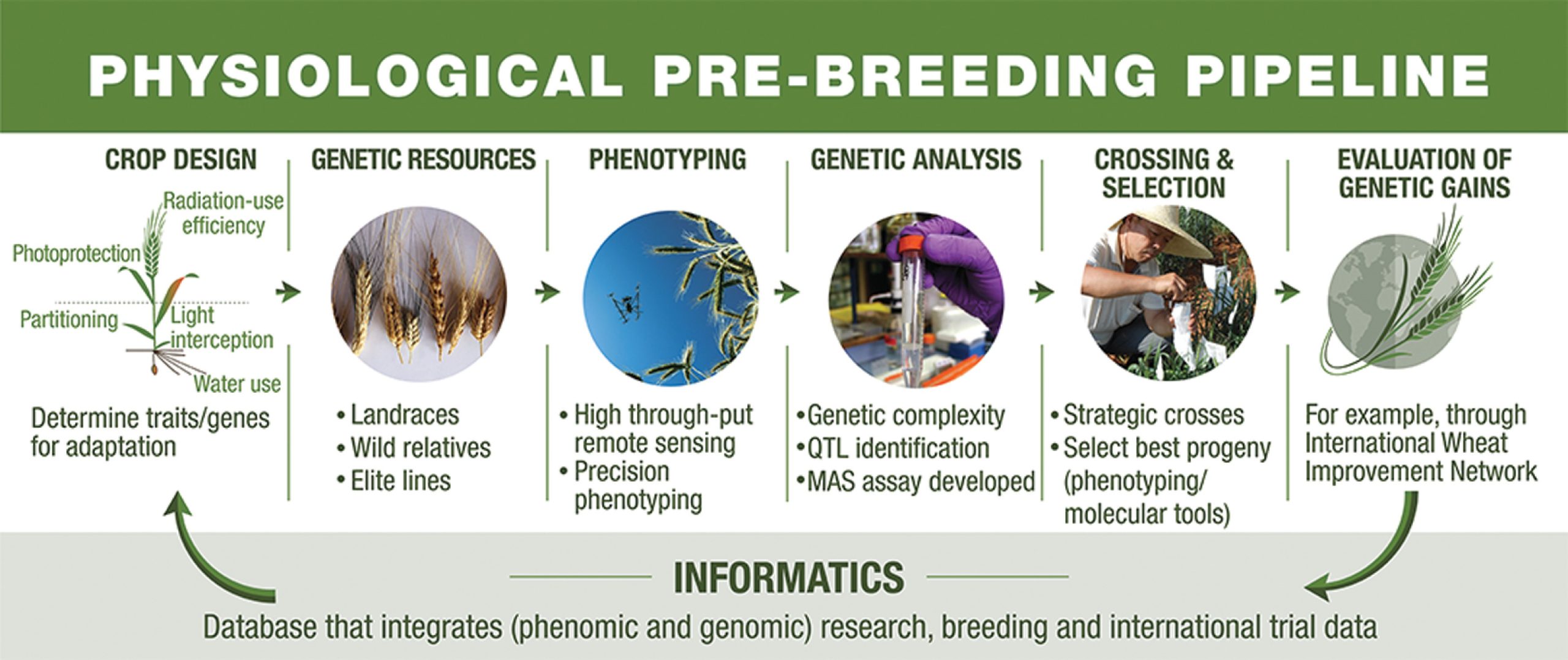
The impacts of this research, conducted under HeDWIC — a project led by CIMMYT in partnership with experts around the world — will be validated on a global scale through the International Wheat Improvement Network (IWIN), with the potential to reach at least half of the world’s wheat-growing area.
The results will benefit breeders and researchers but, most importantly, farmers and consumers around the world who rely on wheat for their livelihoods and their diets. Wheat accounts for about 20% of all human calories and protein, making it a pillar of food security. For about 1.5 billion resource-poor people, wheat is their main daily staple food.
With the world population projected to rise to almost ten billion by 2050, demand for food is predicted to increase with it. This is especially so for wheat, being a versatile crop both in terms of where it can grow and its many culinary and industrial uses. However, current wheat yield gains will not meet 2050 demand unless serious action is taken. Translational research and strategic breeding are crucial elements in ensuring that research is translated into higher and stable yields to meet these challenges.
Read the full study:
Harnessing translational research in wheat for climate resilience
Cover photo: Wheat fields at CIMMYT’s experimental stations near Ciudad Obregón, Sonora state, Mexico. (Photo: M. Ellis/CIMMYT)
